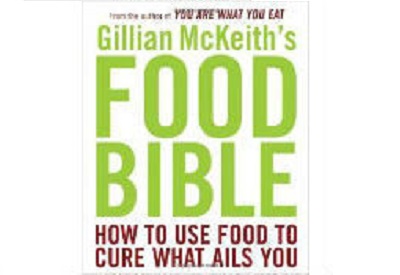Wheat Belly is a type of weight loss strategy that was first created by a cardiologist named William Davis, M.D., who wrote the book entitled with the name of the diet. Throughout its pages, this book goes on to describe Davis’s own struggle with excess weight. He claims to have carried 30 pounds too much of fat around his middle. During that time, he noticed that after he consumed foods containing wheat, his energy levels would droop.
What is Wheat Belly?
In response to that discovery, he began an experiment that featured himself as the sole participant. That said, after a while, he also asked some of his own overweight patients and who were at risk of diabetes if they would join him in testing out a theory. He then eliminated wheat from both his and their diets for a period of three months, after which, he did a checkup on all of them.
What Davis says that he discovered in himself as well as the majority of his patients, was that they had lost a great deal of weight, and they experienced a reduction in blood glucose levels. This brought many of the overweight patients out of the range in which they were at risk of diabetes, and down into the normal blood sugar range. The doctor also reported that both he and his patients experienced a higher amount of energy, they had more restful sleep, they were able to focus more effectively, they had more regular bowel movements, and they enjoyed a range of additional benefits such as improved joint and lung health.
The prime issue that has been brought up among critics of this diet is that beyond Davis’s own experiment, there hasn’t been any significant evidence to indicate that this informal experiment was representative of what the average population would experience. Moreover, a review that the Journal of Cereal Science recently published showed that there is inadequate evidence to suggest that Dr. Davis’s claims about wheat – including a link with obesity – was accurate.
In order to follow this diet according to the Wheat Belly book, dieters are supposed to cut wheat from the foods that they eat, including cereal, bread, donuts, pretzels, and a surprising number of other foods that contain wheat and wheat products among their ingredients. Equally, it is important that this diet is focused exclusively on cutting out wheat, not gluten. This is not a gluten-free diet.





